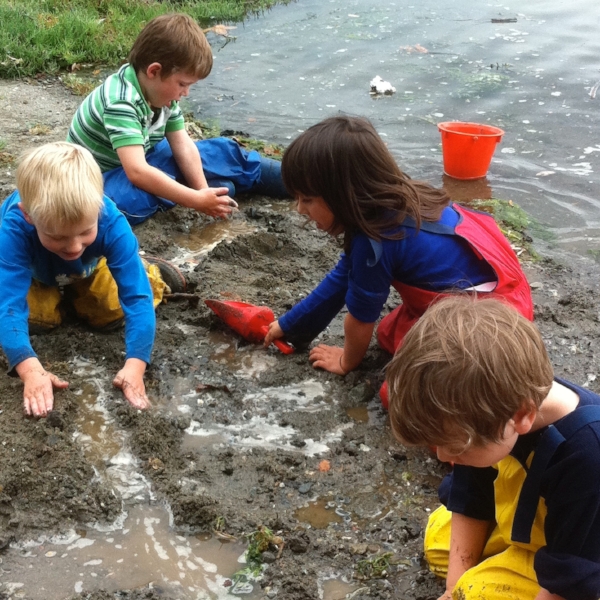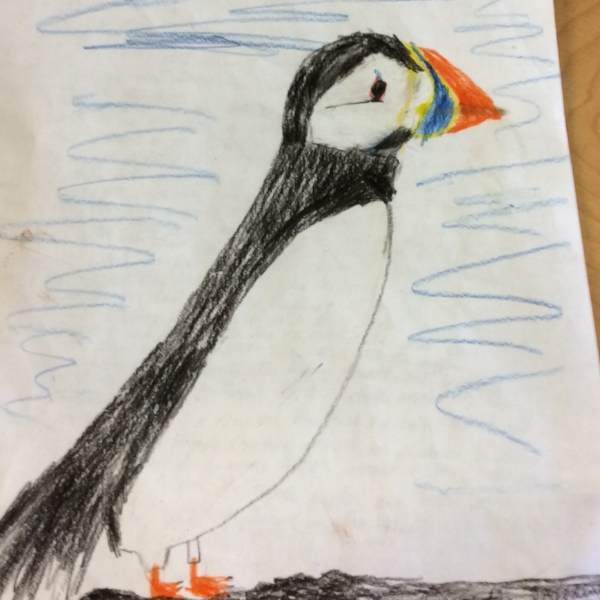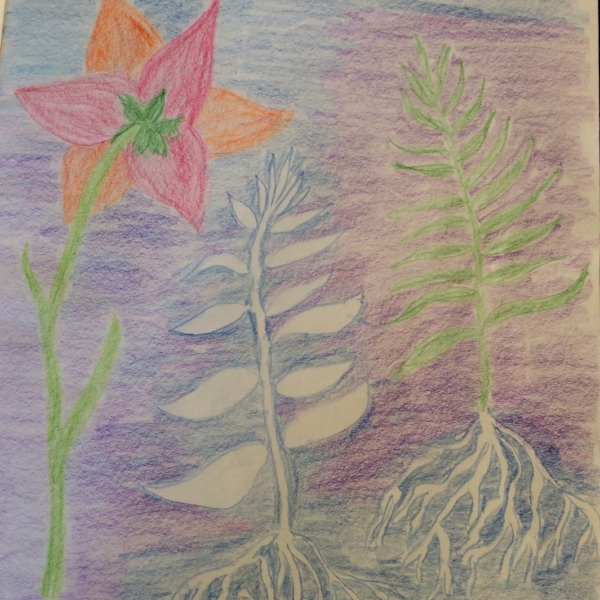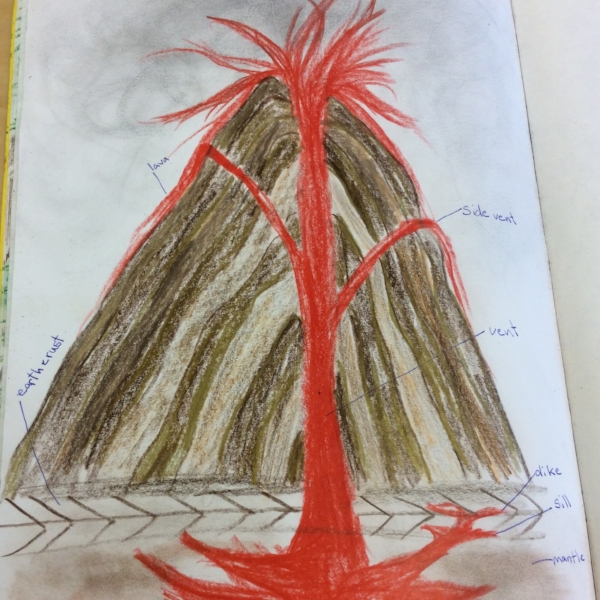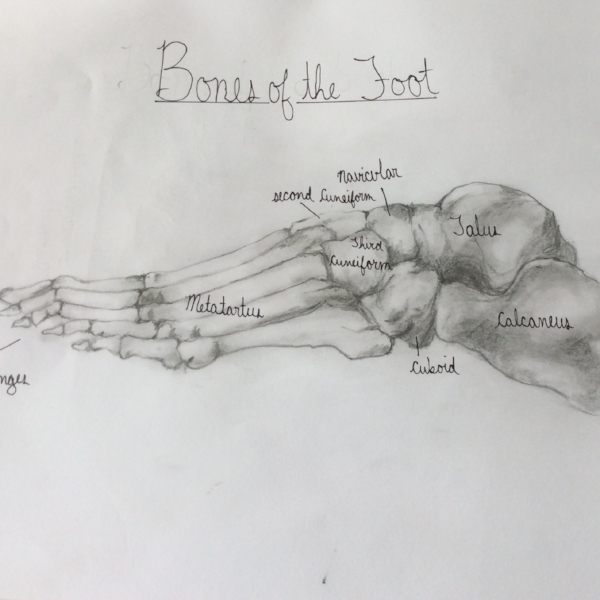We are proud of our enthusiastic readers!
Madrona School won our local public library's 'Reading Champions' trophy for the highest percentage of students participating in the Kitsap Regional Library's summer reading program, compared to other independent schools on Bainbridge Island. We enjoyed a visit from our local children's librarian today, and she brought with her this lovely trophy -- so grateful for local treasures like our public library and their staff that spread the love of reading. We will take good care of this trophy all year, and are resolved to win it again next summer. Hurray for books -- and the adventures they inspire, the empathy they instill and the information they impart!
While we're on the topic of reading, you might be interested in this beautiful take on the power of reading in our lives: Neil Gaiman on Why We Read and What Books Do for the Human Experience, brainpickings.org, August 3, 2016.















